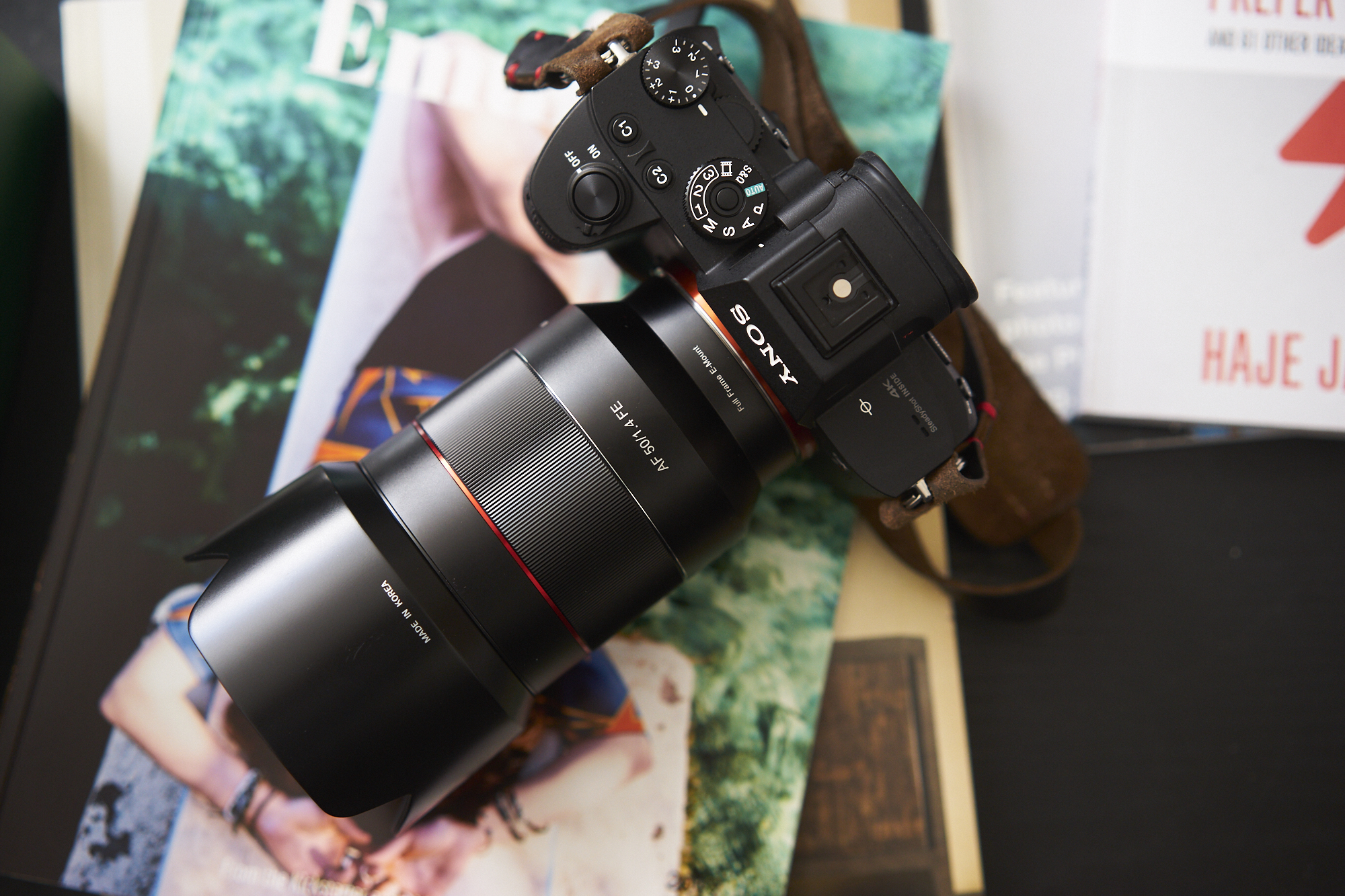Last Updated on 07/17/2020 by Chris Gampat
Thanks to third party lenses, photography is still within reach for those of us who don’t have the deepest pockets.
Come, look at our new super-fantastic lens! It’s the widest, fastest, fattest lens in the universe. You need it to be a pro, and it will only cost you a few thousand dollars! Sound familiar? It’s not uncommon for first party lenses from the likes of Canon, Sony, Nikon, and others to cost close to $3,000 these days, and because of this, many photographers are being priced out of certain systems. The photography market is in decline for sure, but if it wasn’t for third party lenses, photography would have died altogether a long time ago.
In my opinion, the first party lens market is starting to get a little out of control when it comes to pricing. As much as I love the glass Sony, Canon, Nikon, Olympus, Pansonic, put out, it’s becoming harder and harder to swallow the prices they put on their lenses. Honestly, expecting the average photographer to drop more than $2,000 per lens, and, in some cases, $3,000 for a lens is quite ridiculous, and it needs to be addressed. First party lenses in this price bracket used to be the exception, but it is quickly becoming the rule. Thankfully, manufacturers of third party lenses are helping keep the dream of photography alive for many.
“There is no doubt in my mind that the success of Canon and Nikon in the DSLR days was built upon the fact that Tamron, Rokinon/Samyang, Tokina, Sigma, and others made quality lenses that the masses could actually afford.”
Brett Day – Gear Editor
Table of Contents
The Gap Has Been Closed
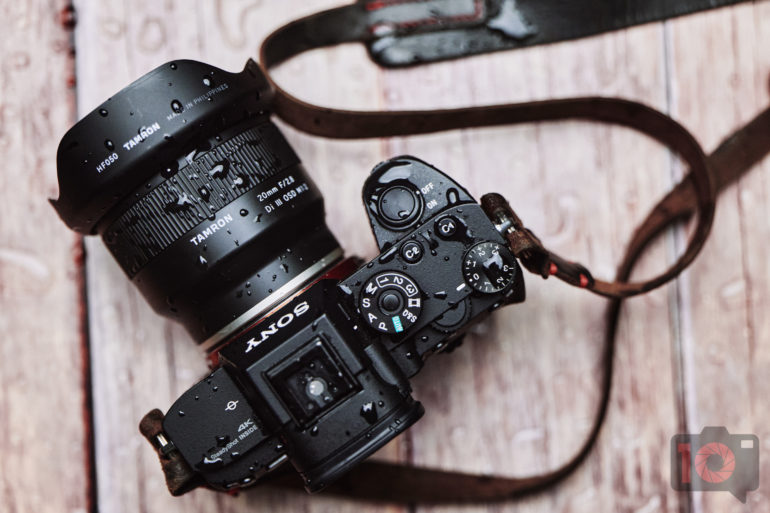
Sigma, Tamron, and Rokinon/Samyang are all brands that we are very familiar with, and there’s no doubt that these companies, along with many others, have been doing the photography industry a solid for many, many years. Sure, in the past, the quality of third party lenses may have been questionable, but now that has changed. The companies mentioned above have shown that fantastic lenses can be made and sold for far less than first-party lenses. In fact, the lenses that have come out in the last few years have proved that you won’t be giving much up (if anything at all) when compared to lenses from Canon, Nikon, et al.
Perhaps one area you might see a slight difference is in build quality. Even when it comes to the build quality, though, third party lenses have improved drastically, and now you can get some very affordable, yet high performing third party lenses (like the new f2.8 primes from Tamron) that include weather sealing. $299 for fast weather sealed primes that perform as well as these lenses do; that’s nothing to laugh at.

Honestly, if it wasn’t for well built third party lenses, photography for hobbyists, enthusiasts, and even some pros would have died a long time ago. There is no doubt in my mind that the success of Canon and Nikon in the DSLR days was built upon the fact that Tamron, Rokinon/Samyang, Tokina, Sigma, and others made quality lenses that the masses could actually afford. It certainly wasn’t because of premium L series glass.
The same could be said now in regard to the success of Sony. The masses (hobbyists, enthusiasts, and professionals) have flocked to the E mount system because of the amount of high-quality glass that can be picked up at half the cost of Sony G and G Master glass. Tamron, Sigma, and Rokinon have been killing it when it comes to E mount lenses, and Sony shooters are now spoiled for choice. Third party lenses have made the platform accessible, and that’s so important. Take note, Canon, Nikon, and Fujifilm.
“There’s nothing wrong with buying first party lenses. In fact, if you can spring for them, why not pick them up, but also do not think you are cheating yourself or potential clients by purchasing more affordable options.”
Brett Day – Gear Editor
Does Double the Cost Equal Double the Performance?
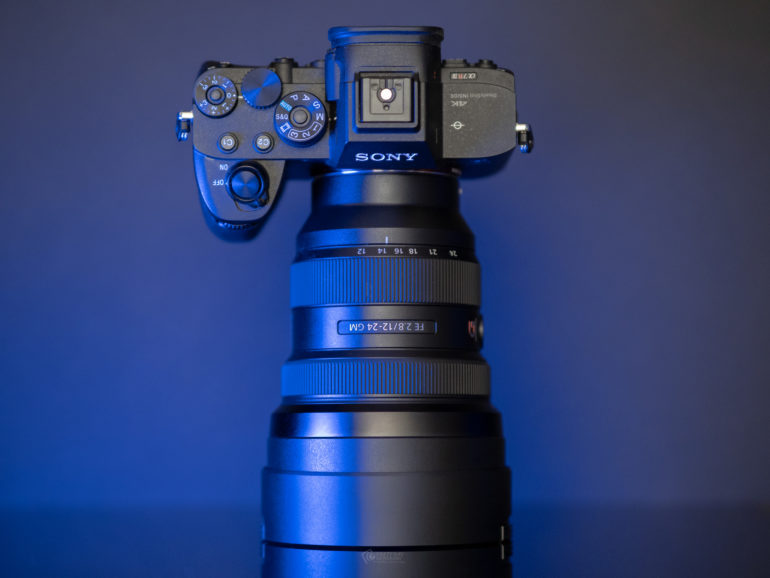
Yes, I get it; new lenses from Canon, Sony, and other first party manufacturers are expensive because of innovation, and the amount of time they put into developing them. However, don’t for one second think that Tamron, Sigma, and all other third party lens manufacturers don’t spend countless hours designing, engineering, and perfecting their lenses. They put just as much effort into their products, and it shows in the final results. To answer to the question above (well, ten or so years ago) I would have said yes: you would have gotten what you paid for. But now, not at all. Cheaper doesn’t automatically mean you’re getting an inferior product these days. More affordable third party lenses are fantastic, and they are keeping shutter clicking for many photographers out there.
Let’s take a look at a new lens. The recently announced Sony 12-24mm f2.8 GM is fantastic; there are no two ways about it. It is the fastest f2.8 zoom on the planet where the wide end is at 12mm, and it is capable of producing great images in the right hands. This lens is also $2,998. That’s $1,000 more expensive than Sony’s most popular camera (the a7 III) and almost as much as their a7r IV. Ouch! At just under $3,000, it prices out just about everyone except those with deep, deep pockets, and even then, I think the pandemic has made many photographers (even the slightly wealthier ones) reconsider dropping this much money on a single lens.
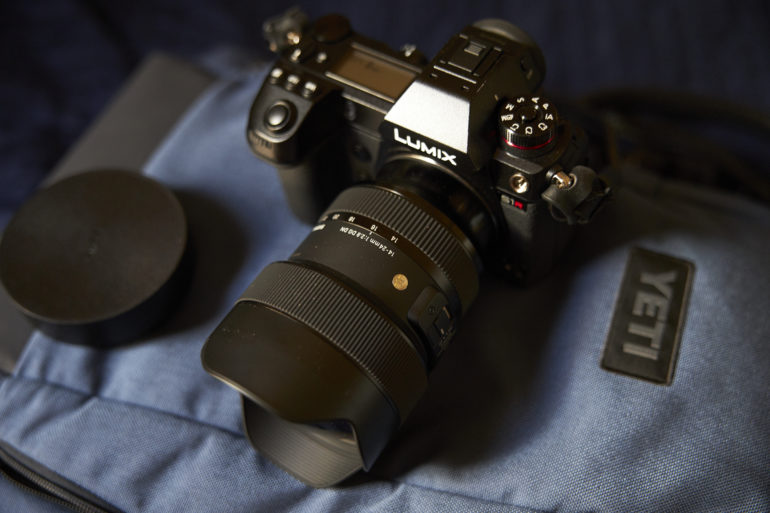
Now let’s take a look at the Sigma 14-28mm f2.8, which you can get for Sony’s E mount and L mount cameras from Panasonic, Sigma, and Leica. This is a solidly built lens that features the same drop-in filter design the Sony 12-24mm f2.8 has, it has weather sealing, and the excellent optics produce some of the most delightful images from a wide-angle lens that we have ever seen. The price difference of roughly $1,600 between these two lenses is honestly hard to justify.
Just let the savings listed above sink in for a minute. $1,600 equals another lens, or possibly even two more high-quality third party lenses that you could add to your collection. That’s huge. Comparisons like this could be made all day, and for the most part, you’re not going to get double the performance for double the money out of any of the comparable first party lenses.
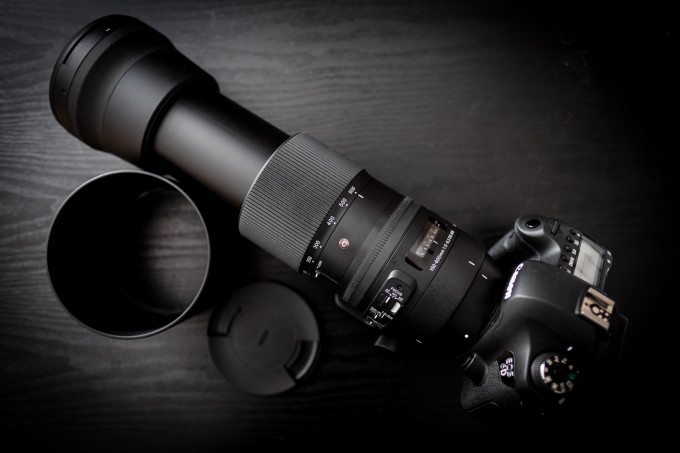
There’s nothing wrong with buying first party lenses. In fact, if you can spring for them, why not pick them up, but also do not think you are cheating yourself, or potential clients by purchasing more affordable options. Third party lenses today are performance monsters that won’t leave you wanting more, and thanks to the lower prices, you can expand your lens collection, and thus the number of genres you can shoot, even more. Affordable third party lenses allow us to expand our horizons and try out new things without having to decide between paying the bills or bettering ourselves.
“The unsung heroes of photography are the manufacturers of third party lenses. Without them, their work, their innovation, and their ability to keep prices on the more affordable end of things, photography for many of us would be just a dream.
Brett Day – Gear Editor
Third Party Lenses Help Keep Photography Alive
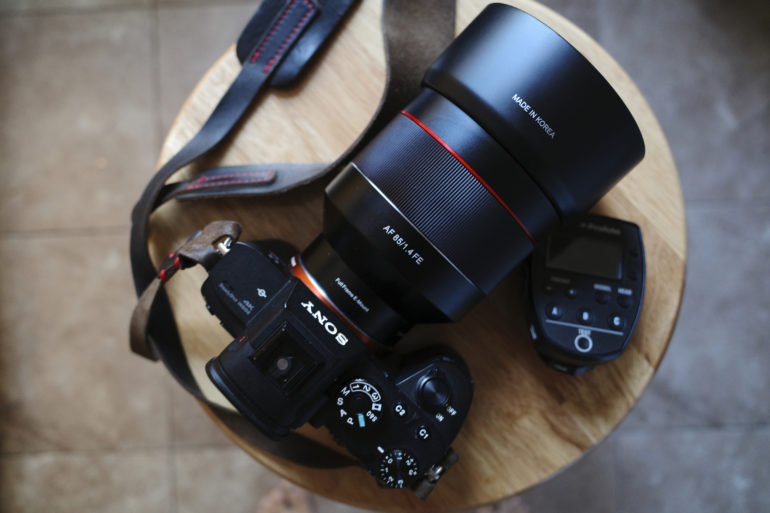
The simple fact that you can go out today and buy amazing 50mm and 85mm f1.4 autofocus primes from Rokinon/Samyang for $399 and $599 respectively, means that talented portrait photographers who need fast glass can get what they need without killing their bank account.
You can grab fantastic f1.4 prime lenses from Sigma for under $500 on many platforms. Specialty superzooms from Tamron and Sigma can be picked up for around $1,000. Affordable lenses that will wow from IRIX, Laowa, 7artisans, Tokina, and others also prove that third party lens manufacturers help keep the dream of photography alive for so many, and they don’t make us sacrifice much in terms of quality. I know that, without third party lenses, I would not have made it as far as I have with my photography, and I am sure many others can say the same.
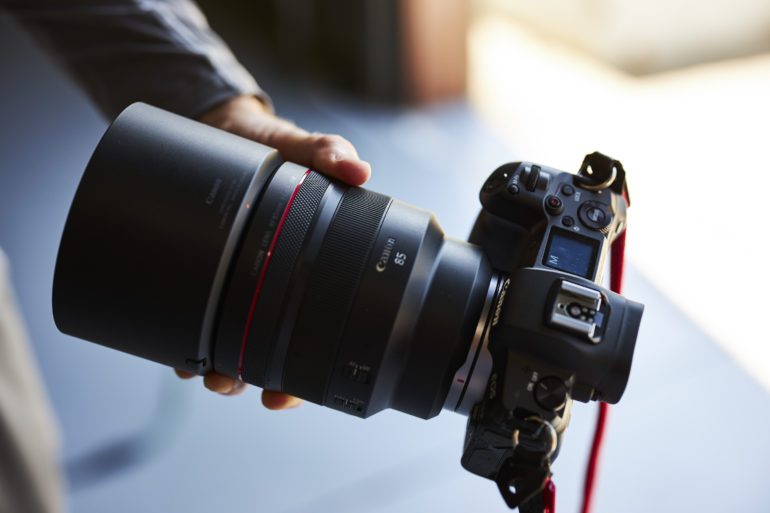
So, just imagine for a minute if third party lenses weren’t around. What would happen? Would you be able to pursue photography as a hobby? Would you be able to justify buying new lenses as an enthusiast? Would you have the funds to grow your lens library to support your growing business?
I understand that Canon and others want to consider themselves premium, they want you to think you need their lenses to be successful. In making you believe that, they can get you to drop insane amounts of money on their lenses. If you like first party lenses better because of color rendition preferences, or you just like using Nikon glass on a Nikon body, for instance, that’s fine: I get that, and I totally understand. But really, the unsung heroes of photography are the manufacturers of third party lenses. Without them, their work, their innovation, and their ability to keep prices on the more affordable end of things, photography for many of us, would be just a dream.


